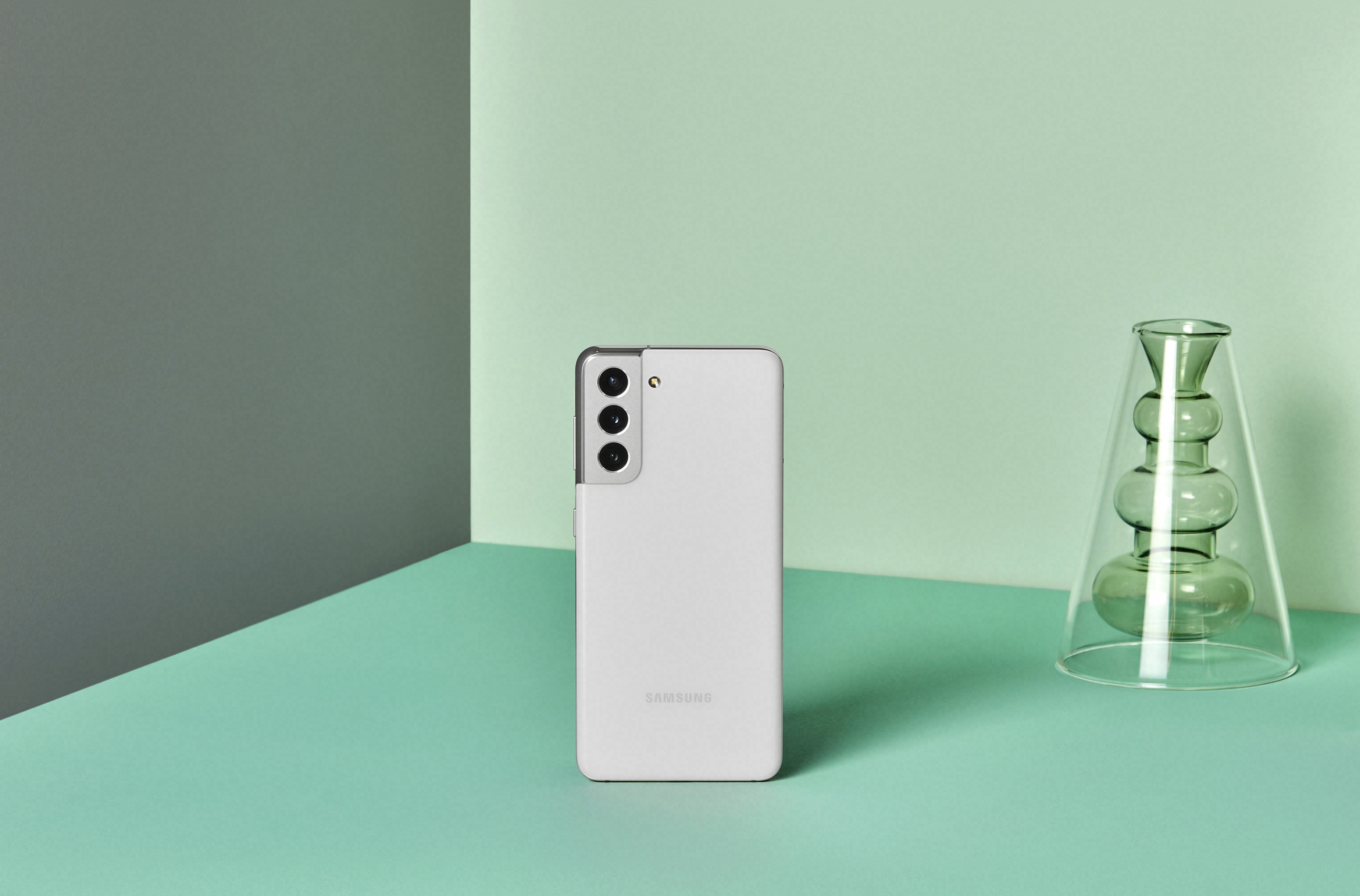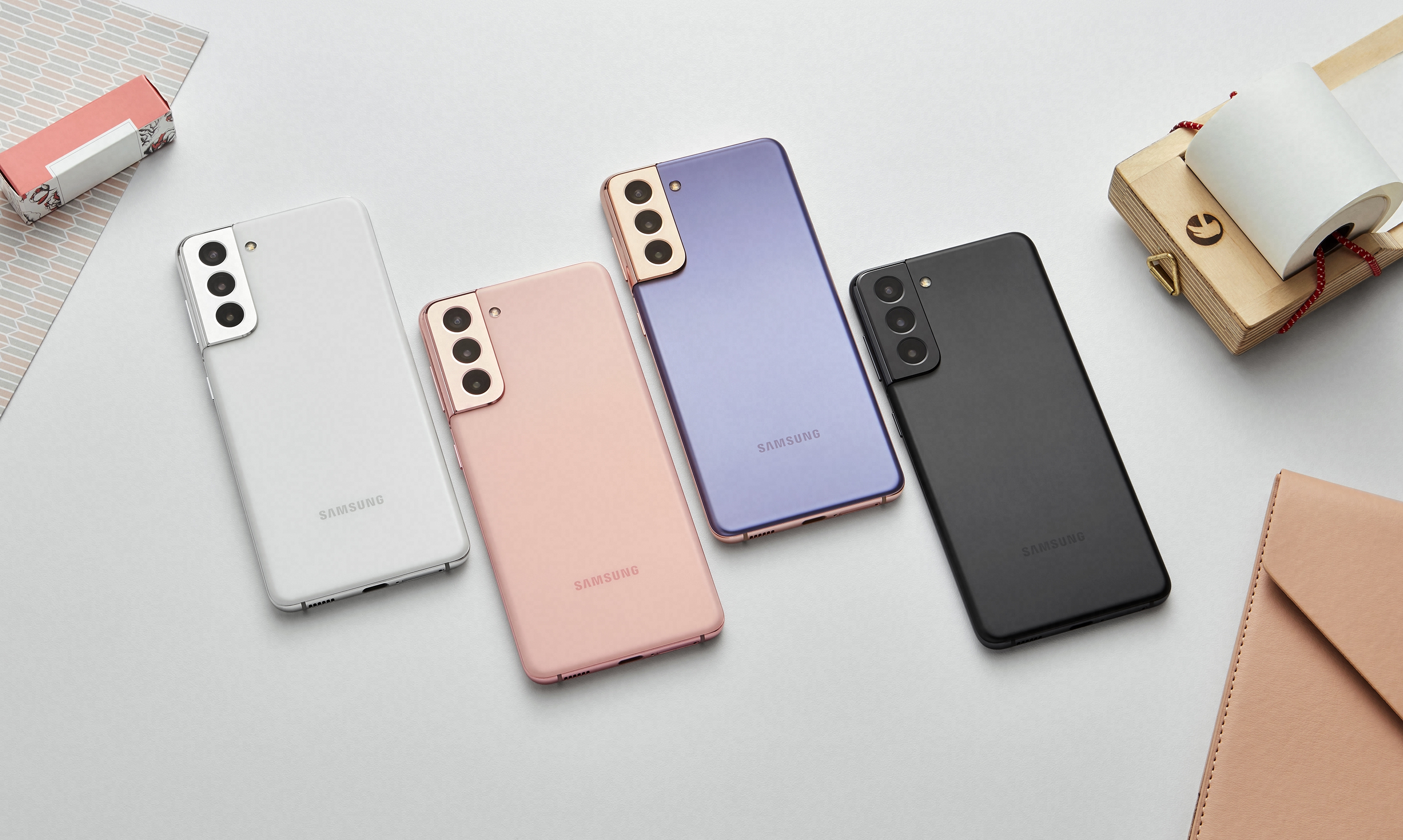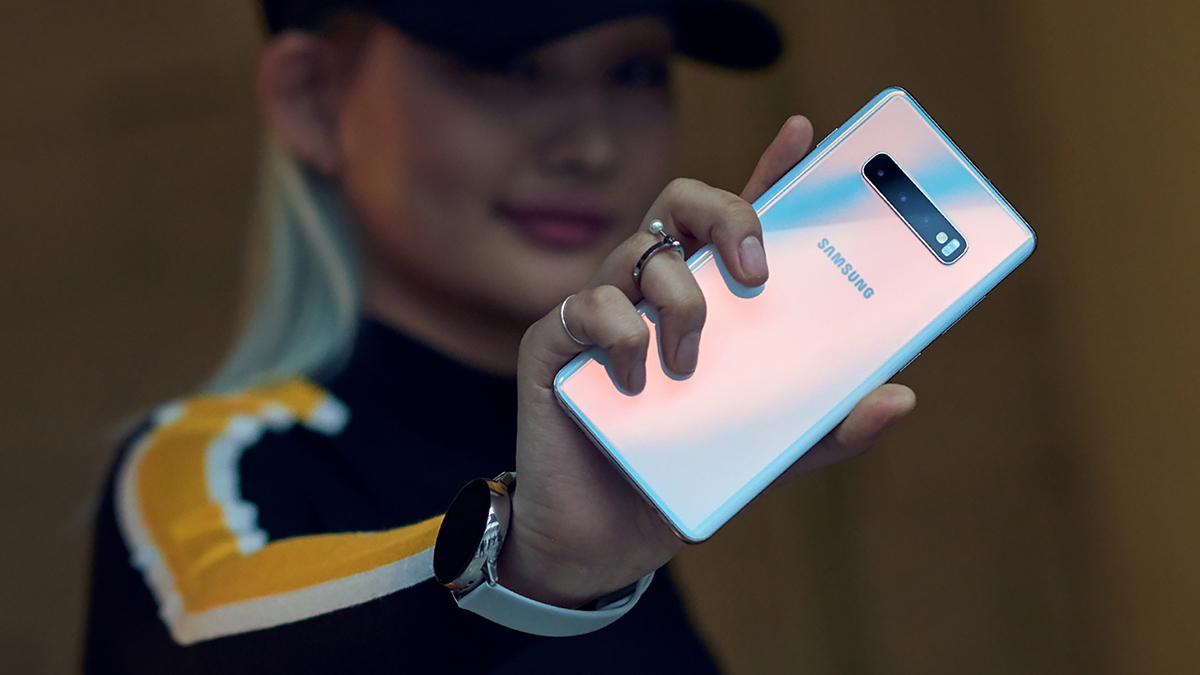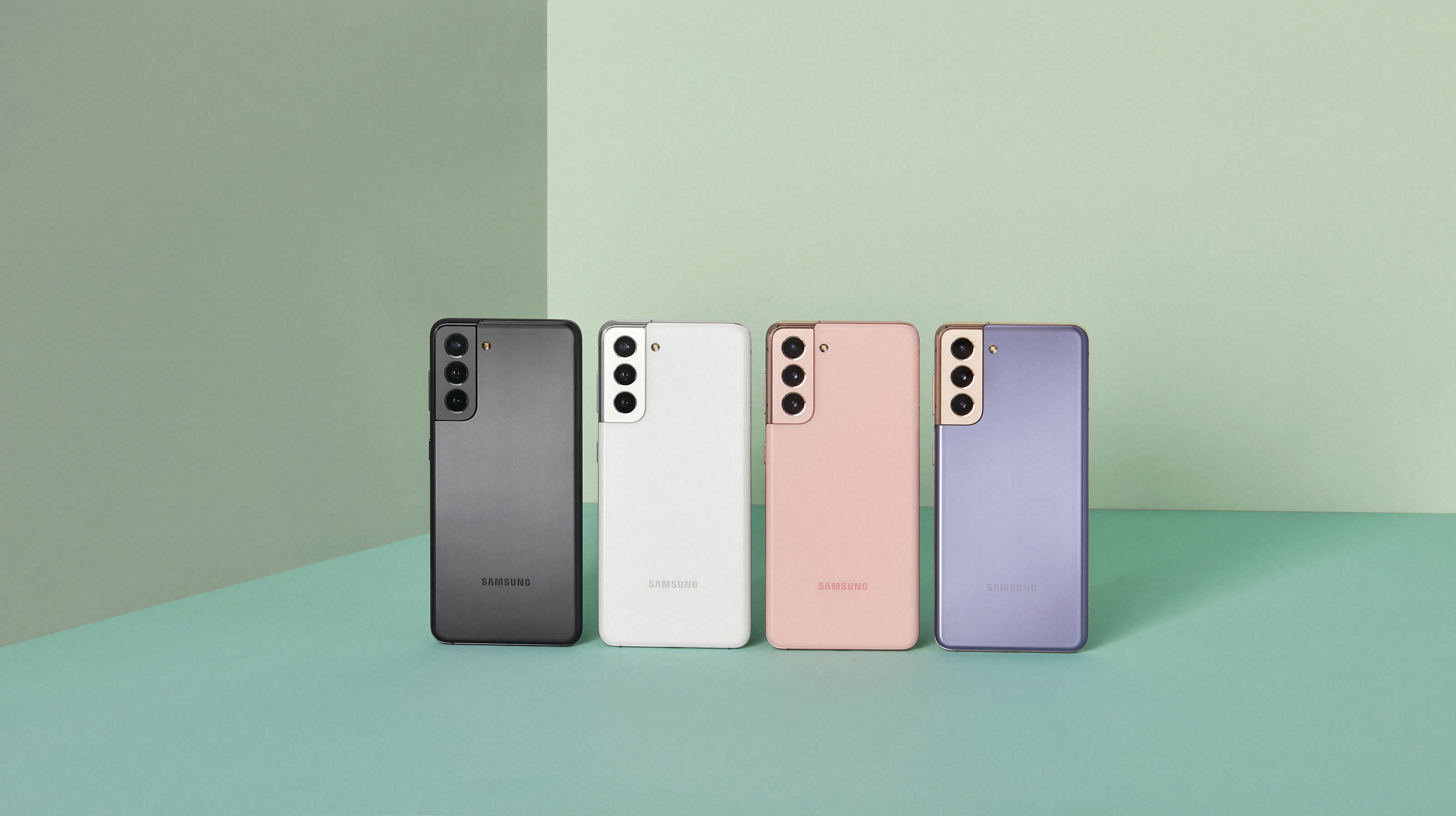Samsung Galaxy S21 vs Samsung Galaxy S10: The perfect two-year upgrade?
Find out how the Samsung Galaxy S10 compares to the new Samsung Galaxy S21 now


The Samsung Galaxy S21 is a stunning smartphone. There are some really big improvements over the Samsung Galaxy S10, so if you’re a Galaxy S10 owner thinking about an upgrade – or someone who’s not sure which is the best Samsung phone to buy – you need to know what those improvements are.
The Samsung Galaxy S21 is actually cheaper than last year's Galaxy S20: the standard model is $799. That's the same as the iPhone 12.
As you’d expect the newer Samsung is more powerful and boasts some big improvements over previous models, but there are also some changes that might not be quite so welcome. Which is why we feel this Samsung Galaxy S21 vs Samsung Galaxy S10 guide will be very useful for anyone looking to upgrade right now.
- Samsung Galaxy S21 Ultra review: Flagship in every way
- Samsung Galaxy S21 vs Samsung Galaxy S20: How do the two phones compare?
Samsung Galaxy S21: Video
In advance of comparing the Samsung Galaxy S21 vs Samsung Galaxy S10, we think this video is a great place to start to understand the new range, as it talks through each new handset in the range and show what they look like in real life.
Samsung Galaxy S21 vs Samsung Galaxy S10: design

There's not a huge difference between the design of the new Samsung Galaxy S21 and the older Galaxy S10 pictured above. But there are still some significant changes.
The most obvious change is the front-facing camera. On the S10 it's in a fairly large cut-out at the top right of the display, but in the Galaxy S21 the selfie shooter is in the centre and a little bit smaller. It's considerably less distracting than the notch in the current iPhones, and we find it feels more natural to look at when we're taking selfies. The display also contains the fingerprint sensor, which has almost doubled in size over the one in the previous Galaxy.
Both phones have edge to edge displays that effectively make the bezels disappear, but when you turn them over the changes are very obvious: where the S10 camera assembly is a fairly dull-looking rectangle, the one in the S21 is nicer to look at and in a different place. In the S10 it's a horizontal, centred strip running across the top third of the case; in the S20 it's vertical and located in the upper left corner.
Get all the latest news, reviews, deals and buying guides on gorgeous tech, home and active products from the T3 experts
One change we're sad to see is the move from the glass back of the S10 to the plastic back of the S21. It looks nice enough but doesn't seem quite so premium. More expensive S21s get aluminium cases that look and feel reassuringly expensive.
The Samsung Galaxy S21 5G is almost identical in size but it’s a bit heavier: 171g compared to the S10’s 157g. It’s display is very slightly larger at 6.2” compared to the S10’s 6.1”.
- Best Samsung Galaxy S21 deals: Secure a Galaxy S21 pre-order now
- Samsung Galaxy S21 review video: hands on with the entire new range
Samsung Galaxy S21 vs Samsung Galaxy S10: display

We're so used to each new smartphone upping the specification that it's a genuine surprise when it doesn't happen. That's the case here: the screen in the Samsung Galaxy S21 is significantly lower resolution than the one in the Samsung Galaxy S10. A higher resolution display would have meant a higher price.
It's important to note that lower resolution does not mean low resolution. The Samsung Galaxy S21 is not going to have you partying like it's 1999. But it is a step backwards nevertheless.
The 6.1" Quad HD+ display in the Galaxy S10 has a resolution of 3,040 x 1,440 and a pixel density of 550 pixels per inch. The display in the Galaxy S20 is 0.1 inches bigger, but it's less dense: 421ppi, with a resolution of 2,400 by 1,080. It’s very smooth, though, supporting refresh rates of up to 120Hz. That's particularly good for gaming, video and animation.
Samsung Galaxy S21 vs Samsung Galaxy S10: processor, memory, OS and storage

The S10 has 8GB of RAM, 128GB of internal storage and a microSDXC slot in the dual-sim model. The processor depends on where in the world you are: the US gets a Snapdragon 855 and the rest of the world gets a Samsung Exynos 9280.
The Galaxy S21 has a much more powerful processor, and you'll really see the difference compared to the S10: in the US it’s a Snapdragon 888, which is 20% faster than last year's phones and delivers 25% faster graphics performance, and elsewhere it’s Samsung’s new Exynos 2100. Samsung says the new Exynos delivers a 30% increase in multi-core performance and a 40% improvement in graphics performance over last year's models. That’s backed with 8GB of RAM and a choice of 128GB or 256GB of storage. There’s no card slot in the S21.
As you’d expect, the S21 runs the latest Android: Android 11, with version 3.1 of Samsung’s One UI. The S10 shipped with Android 9 and One UI 3.0, upgradeable to Android 11.
Samsung Galaxy S21 vs Samsung Galaxy S10: cameras
That block on the back of the S10 contains three cameras: 12MP with a dual aperture of f/1.5 to f/2.4, 16MP with f/2.2 and 12P with f/2.4. There’s 2x optical zoom, 10x digital zoom and optical image stabilisation. Video goes up to 4K and the front-facing camera is 10MP with an aperture of f/1.9.
The arrangement in the Samsung Galaxy S21 is a big upgrade. Once again it’s a three-camera setup but this time the cameras are a 64MP telephoto with f/2.0, a 12MP wide camera with f/1.8 and a 12MP ultra wide camera with f/2.2. Where the S10 can shoot video at 4K, the S20 can record 8K. Like the S20, the S21’s front camera is 10MP and capable of 4K video.
This is another area where the S21 has surprised many people: the camera setup is the same as in the S20. It's a very powerful and flexible system that takes really great photos, but it's unusual to see the camera specs stay the same when megapixels are such a key selling point of most new smartphones. There are some software improvements, though: a vlogging-friendly, multi-camera Director Mode and improved Single Take to capture from multiple lenses simultaneously.
We like the way Samsung has redesigned the camera bump on the back of the device. The renders based on leaked information didn't quite get it right – see the image below – but they were pretty close. We think the actual product looks even better, especially when the camera housing is in a different colour to the rest of the case.

Samsung Galaxy S21 vs Samsung Galaxy S10: battery and charging
Both of these Samsung Galaxy phones offer fast wired and wireless charging, but the S21 has a bigger battery and can charge more quickly.
The Galaxy S10 battery is 3,400mAH with USB power delivery 2.0, 15W fast charging and 15W wireless charging. It also supports reverse wireless charging at 4.5W.
The Galaxy S21 battery is 4,000mAh and adds Super Fast Charging to the power mix – so that’s 25W fast charging, 15W wireless charging and 4.5W reverse wireless charging. It also supports USB Power Delivery 3.0.
The Samsung Galaxy S21 also has a more efficient processor and a new AI-powered energy saving system, so it should deliver better battery life than the S10.

Samsung Galaxy S21 vs Samsung Galaxy S10: verdict
If you're currently rocking a Samsung Galaxy S10, the Galaxy S21 is going to be a massive upgrade. The processor is much more powerful, the cameras are much better, the Android version is newer and the whole package will give you that new-phone joy.
There's a "but" coming, and that but is shaped like the Samsung Galaxy S20. It may not have all the bells and whistles of the S21, but it has a higher resolution display, the same camera arrangement and a very powerful processor. It too is an impressive upgrade over the Galaxy S10.
What's interesting is that Samsung has cut the price of the S21 range: every phone is $200 cheaper than the S20 equivalent. That could mean that the S20 price is going to dive even further, and that could mean some really impressive Samsung Galaxy S20 deals. The S20 does almost everything the S21 can do, but it might do it for less money.
- These are the best Samsung phones to buy
Writer, musician and broadcaster Carrie Marshall has been covering technology since 1998 and is particularly interested in how tech can help us live our best lives. Her CV is a who’s who of magazines, newspapers, websites and radio programmes ranging from T3, Techradar and MacFormat to the BBC, Sunday Post and People’s Friend. Carrie has written more than a dozen books, ghost-wrote two more and co-wrote seven more books and a Radio 2 documentary series; her memoir, Carrie Kills A Man, was shortlisted for the British Book Awards. When she’s not scribbling, Carrie is the singer in Glaswegian rock band Unquiet Mind (unquietmindmusic).
